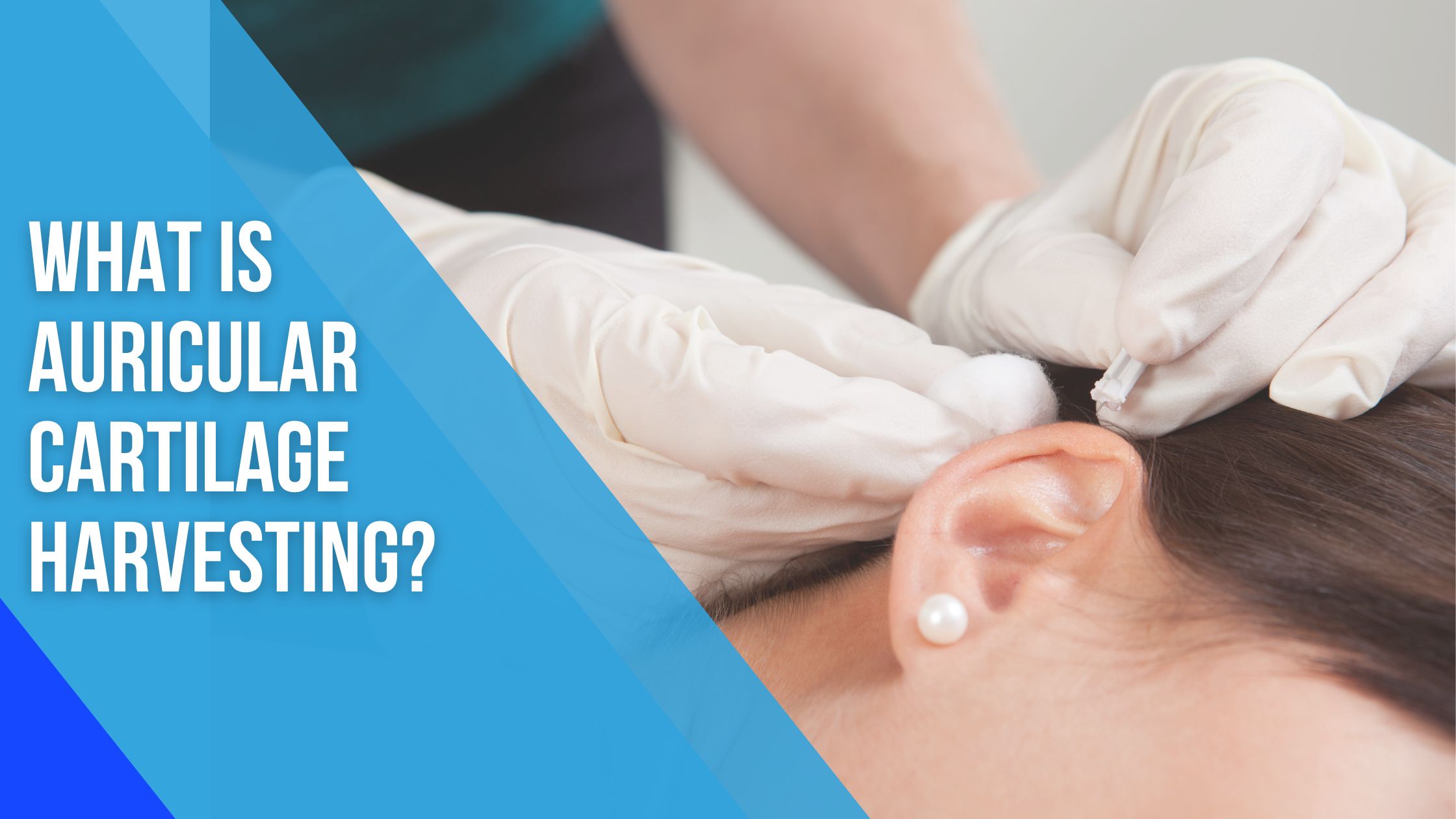Auricular Cartilage Harvesting
As the name suggests, auricular means related to the ear. With the pacing technology, various forms of harvesting are being experimented and one such technique is auricular cartilage harvesting. The technology aims at an improved technique for auricular cartilage harvest that maximizes graft volume while keeping the cosmetics intact. Auricular cartilage harvesting is mainly the removal of the cartilage from the ear to reconstruct the nose. Harvesting is usually done from the concha cymbal and cavum of the ear to remove the cartilage without making many alterations to the overall shape of the ear. The skin also remains in place. Meanwhile, an incision is made anteriorly along the ear during the composite cartilage harvesting which constitutes two different tissues. One is the cartilage and the other is the skin. This type of harvesting is generally used in nasal reconstruction and rhinoplasty. It further includes alar retraction, short nose patients, narrow nostril patients, and the absence of soft tissue triangles. These are valuable grafts also used in Revision rhinoplasty.
With the removal of the skin, concha cymbal is preferred for harvesting the rib cartilage rhinoplasty graft. It has many reasons as it facilitates the closure, minimizes external ear changes, and the skin also adheres tightly in this particular location. The majority of the harvesting is done from the external ear. No change is visible in the appearance of the ear as long as the antithetical fold is not transgressed. Usually, fragments of 3.5 cm to 4 cm are readily available. The majority of the patients have stiff cartilage yet it is pliable. Warping however does not occur. Harvest of this cartilage may be done by pre or post-auricular approach. In the pre-auricular approach, the incision is made just inside the antithetical fold and is thus hidden by a shadow. Although the posterior approach is preferred, however, some also prefer the anterior approach.
If one ear of the patient is protruding more than the other, the cartilage should be taken from that very side. If the patient sleeps more on one side, cartilage should be removed from the opposite side. A local anesthesia is given on the anterior surface of the conchal bowl which facilitates the dissection of the skin off the cartilage. The posterior surface is also injected with the help of local anesthesia. Further, the surgeon preferring the anterior approach and performing the revision rhinoplasty marks the ear’s outer edge with a marking pen and the incision follows the outer edge of the cavum and cymba concha. This incision should be placed near the portion of the concha that is vertically oriented in relation to the lateral aspect of the skull. After the incision is made the surgeon lifts the skin and the perichondrium from the underlying cartilage. Dissection proceeds and utmost care is taken not to damage the soft auricular cartilage which can easily ear. Just short of the external auditory canal, the dissection is stopped. The radix helices should be preserved if the entire conchal bowl is excised, the auricle generally settles almost near to the head.
In the revision rhinoplasty, the surgeon dissects the desired part of the cartilage and leaves the underlying muscle behind which remains stuck to the posterior surface of the cartilage. If deep incisions are minimized in the soft tissues bleeding is also in turn minimized. After the process is completed, an incision is closed and sutures are given avoiding overlapping of the skin edges. A dental roll or any suitable material is placed in the concha and sutured into the position to minimize the risk of hematoma. No residual deformity of the pinna is expected with this approach. Auricular cartilage harvesting usually is available where there might be inadequate donor cartilage in the nose. These cartilages are natural and can be obtained from the patient’s body itself. Since these are soft cartilages they are excellent grafts for the nasal tip and sides of the nose. Furthermore, they are more resistant to infection and absorption than implants. A generally successful method of grafting it gives the patients satisfactory results in the long term in turn making happy lives.
Frequently Asked Questions for Auricular Cartilage Harvesting –
Question 1: What is Auricular Harvesting?
The auricle, or the outermost part of the ear, has cartilage, which is referred to as auricular cartilage (what most people refer to when they talk about ears). Although flexible, this cartilage aids in keeping the ear’s shape.
Question 2: Does ear cartilage grow with age?
According to this study, people’s ears grow bigger as they age, especially the ear circumference, which rises by an average of 0.51 mm annually. This expansion is probably related to collagen changes brought on by aging.
Question 3: Can You Reshape Ear Cartilage?
An incision is first made behind the ear, where the ear joins the head naturally, to begin a popular ear reshaping treatment. After that, the cartilage will be shaped and curved back toward the skull. To assist in keeping the new shape, permanent stitches may be utilized.



